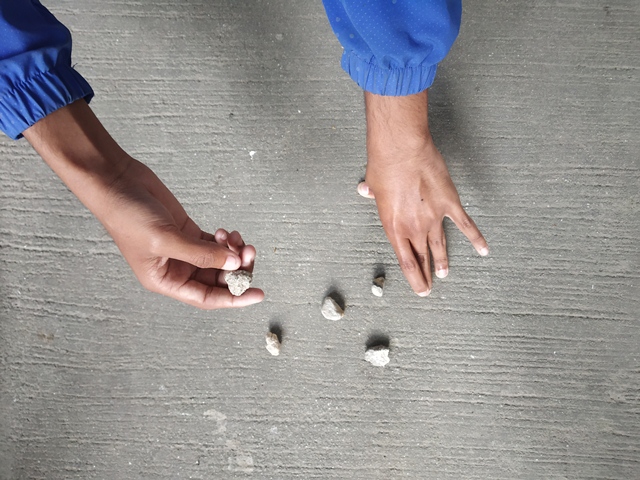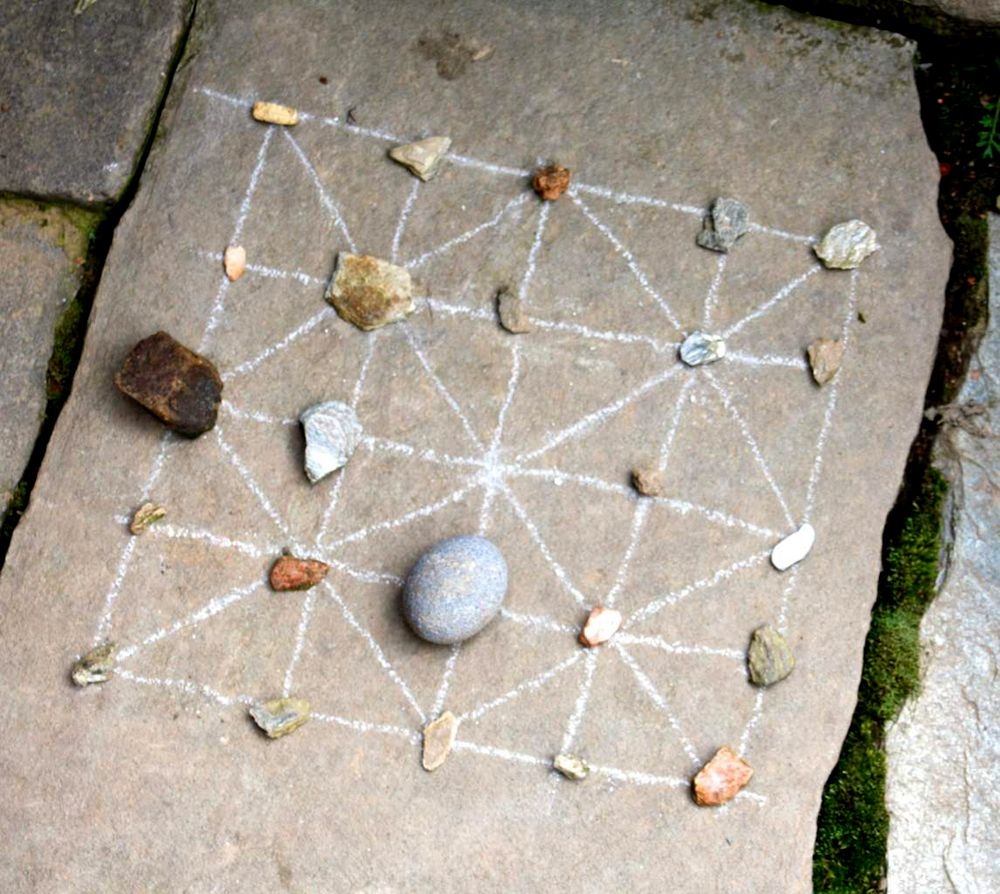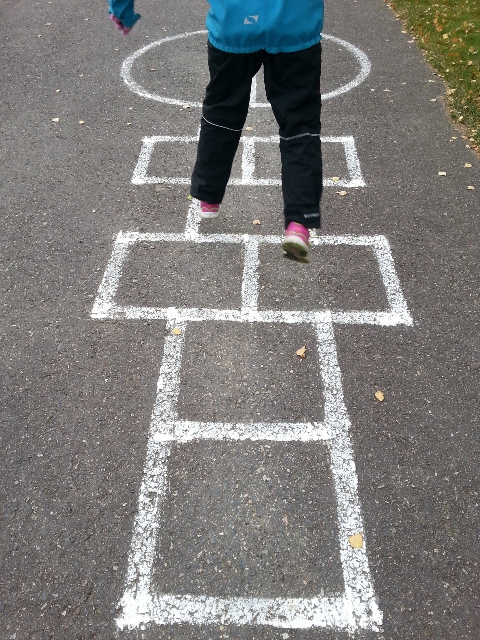Culture & Lifestyle
Old-school games to take you down memory lane
Here’s a list of some favourite and forgotten childhood games that needs to come back.
Arjun Bhattarai
As soon as school was over for the day, there was always a rush to get home. Following a quick change out of school uniform, and a hasty gobbling of an afternoon snack, it was time to gather the neighbourhood kids for daily playtime. This was when technology wasn't so popular, let alone existent. No phones, video games or computer—times were simpler, and so were the games.
Nineties kids will relate to the nostalgia of playing outside in groups, in the grass, dirt, dust or mud. Before everyone's attention was caught by technology, gotta, chungi, and bhurung used to be a child’s best friend. There were many games that children played together, games that didn’t require large monetary investment, just inventiveness.
These traditional games require just a few friends and a small space. If you can't make up your mind on which one to start with, or your memory of the games is lost in the sands of time, here's some of the Post’s favourite childhood games and their rules.

Guchha
Guchha, or marbles, has long held a firm place in the hearts of Nepali kids. Played between two or more players, players try to score points by shooting at the opponent’s marble. All you need is a shallow hole in the ground and a set of equal-sized marbles, and you’re ready to go.
Guchha can be played with different rules, but the general rules are really quite simple. A circle is drawn on the ground and a few marbles are placed inside the circle by a player in a way that it makes it difficult for the opponent to strike those marbles. Along with a circle, a shallow hole is dug up in the ground outside of the circle. One player tries to shoot the marbles to knock them outside the circle with a shooter marble, a marble used by a player to strike other marbles. The player with a shooter marble then aims it into the hole after shooting at the opponent's marble. If the player succeeds in doing so, he can claim the marble which he knocked out of the circle.
If you opt to play without digging up holes, the rules become much simpler. Players try to shoot at the marbles from a certain distance and try knocking them outside. The player who does so can claim the marble/s. Players take a turn in doing so.
In both these formats, the player with the most number of marbles wins.

Bhurung/ lattu
Bhurung, or lattu, is a spinning top. Rather than spinning the toy with your fingers, the entire balancing acts comes from the help of a piece of string. When it comes to playing the game, it’s simple: just get yourself a bhurung.
You can also make yourself of course. In order to make a bhurung, give a small piece of wood the shape like that of a cone. Then fix a nail at the pointed tip of the cone-shaped wood. In order to spin a bhurung/lattu, a string of around one/two feet is needed. Then wrap the string around the bhurung. When you pull the string, the bhurung spins.
The game is popular among Nepalis as a fun way to pass time, rather than it being a competitive game. However, it can also be played as a competition between each other. Two or more than two players compete with each other while they try to spin their bhurung for the longest time possible. The one who spins his/her bhurung the longest, wins.

Gotta/ Gatti / Fivestones
Gotta can be played both indoors and outdoors, because it doesn’t require much space and can be played with just five stones. This game is quite similar to knucklebones, except that stones are used instead of knuckles of sheep.
In this game, you need five small, round stones. It doesn’t have any specific number of players, but two to four players are generally preferred. In the initial stages, the player tosses a stone in the air. Then he/she tries to catch the stone in the air while picking up the remaining stones from the ground with the same hand simultaneously.
The level of difficulty increases of course. As the game progresses, players have to make use of both hands where one hand is normally used to pick the stones, while the other is used to make different shapes—such as a cave, a gateway. The player’s job is to make sure he gets all the stones inside the cave, without dropping the stone on the other hand. Whoever completes the highest number of stages wins.

Baagh Chaal
Unlike the other games, Baagh Chaal is a strategic game. What you need for this game is some chalk or a marker to draw the outlines of marbles on the ground and around two dozen small, round stones.
To play the game, first draw a 5 by 5 rectangular grid on a piece of paper or on the ground. Then from the 24 stones, designate four of them as tigers (or baagh in Nepali) and 20 of them as goats. Then place the four tigers on the four corners of the rectangular grid. Then place the goats at the intersection of the lines. The motive of the game is for one player’s tigers to hunt the goats as the other player attempts to block the tiger’s moves. The tiger hunts the goat by jumping over the goats.
-ONLINE.jpg)
Chungi
Chungi gets its name from a string of rubbers that are tied together in the middle to form a ball-shaped thing. This game is quite similar to Hacky-Sack which is popular worldwide. While in Hacky-Sack, the players try to pass around the rubber ball, in chungi the players keep the chungi/rubber ball mostly with themselves. The rules are very simple: don’t drop the chungi. The player who is able to bounce the chungi on one leg for the longest time possible wins the game.

Hopscotch/Dhyakki
Hopscotch is a popular outdoor game which is played all around the world. Many versions of this game with reformed rules are popular among Nepalis as well.
All you need for the game is some chalk and a little bit of open space. Then, with the chalk, you draw circular and rectangular shapes on the ground and then give them a number. A round and flat small stone, called dhyakki, is tossed into the circles and rectangles from a distance. If the dhyakki is tossed outside such shapes, the player is disqualified. If the dhyakki lands within the borders of the shapes, the players then hop through those shapes with one leg and collect the dhyakki. If the players fail to hop with a single leg, or if their leg touches the outlines of the rectangular and circular shapes, they are disqualified.




 7.12°C Kathmandu
7.12°C Kathmandu















